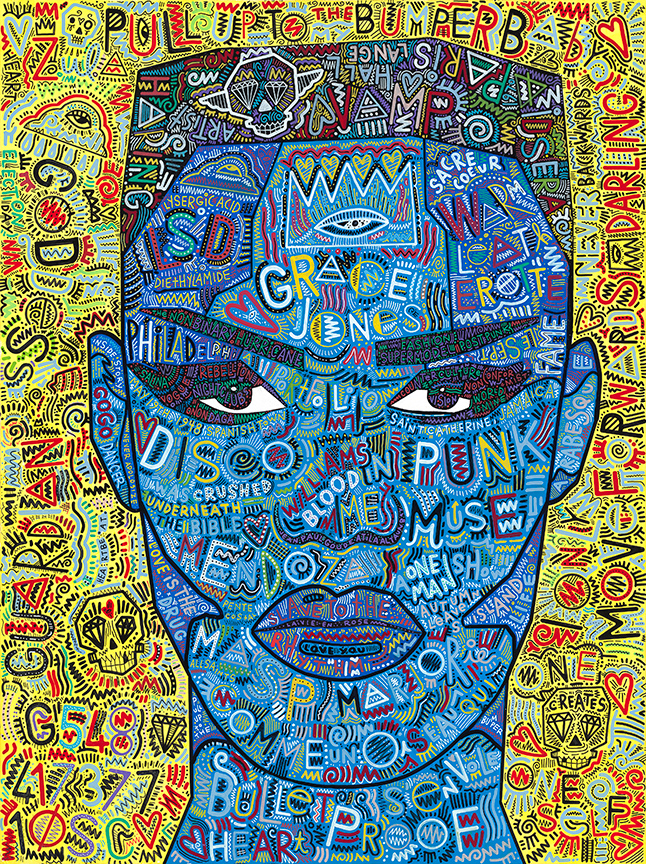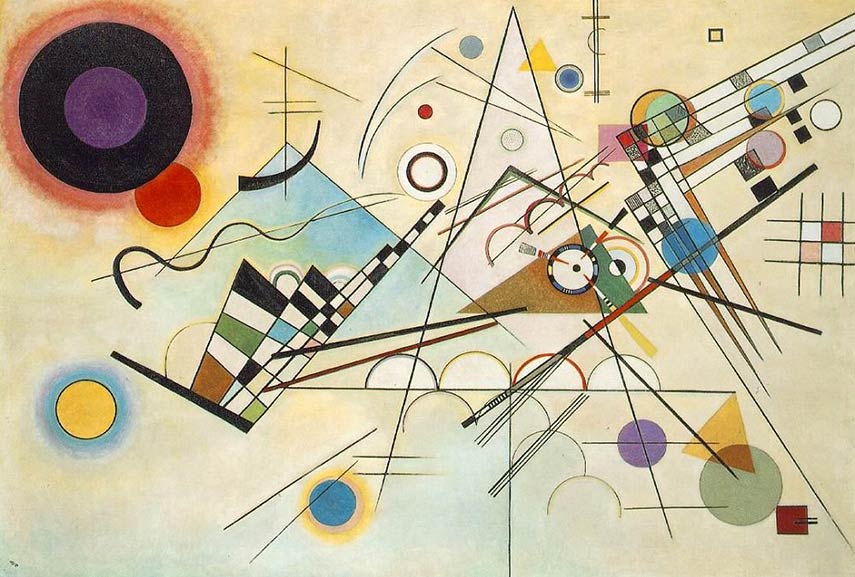1. Rhythm
Rhythm in a picture is related to elements that repeat themselves or how they develop in that composition, so that they create a harmonious frame.
You can identify rhythm in: patterns, in relationship between shapes and colours, in repetition of forms and lines.
With rhythm, your eye will travel continuously in a frame, it won’t stay fixed on a specific focal point.
You can identify a regular type of rhythm (like for most architectural patterns) or a flowing type (where repetition of elements creates the sensation of movement, like branches with leaves and flowers).
A regular repetition of elements can create a sense of rhythm and movement


2. Unity
Unity refers to how you can create the sensation of wholeness with different elements in your composition - and the most important characteristic, unity adds order to a composition, you don’t feel that those are separate elements.
You can create unity through:
- simplicity - when you limit the number of colours, textures, materials or other elements in a piece will make a composition look more unified; this way it will appear easier to be perceived as one work
- proximity - how near or closed by things are to each other; the closer together they are, the more we perceive them as a group or a theme (ex. still life with flowers with some props)
- repetition - by repeating the same element, it creates a sensation of power, reinforcement (key element in branding) - example: a set of cups and a teapot
3. Variety
You have to do your own testing according to your photographic style, to your business profile, so that your composition still creates interest (variety) and is more than unified elements that could create boredom.
You can create variety in your composition through:
- contrast: using shapes, forms, colour, texture or other elements that are very different from each other can create dynamic and eye-catching works (Andy Warhol: portraits of Marilyn Monroe)
- difference– repeating similar elements but varying one characteristic, such as size, colour or position, can create a unified composition but keep it interesting. (E. Degas - Blue Dancers - each dancer’s posture is different).
Having understood a great deal of information, there is one more significant part in the triangle of creating your photographic signature style: to define the elements of visual branding, actually to customize all that is technical to your personality.
You might somehow compare it to the steps of thinking of designing a new attire for an event:
- you will consider external factors like the nature of the event, the season, the guest list and so on, and secondly pick some options for fabrics, matching shoes and accessories (what we found in module 1 light and module 2 principles of design used in composition)
- and then, move to internal factors : module 3 Branding guideline, where you actually customize all your findings to your posture, to your energy and style, to your beliefs what is appropriate for that event or not 🙂
See you in module 3!